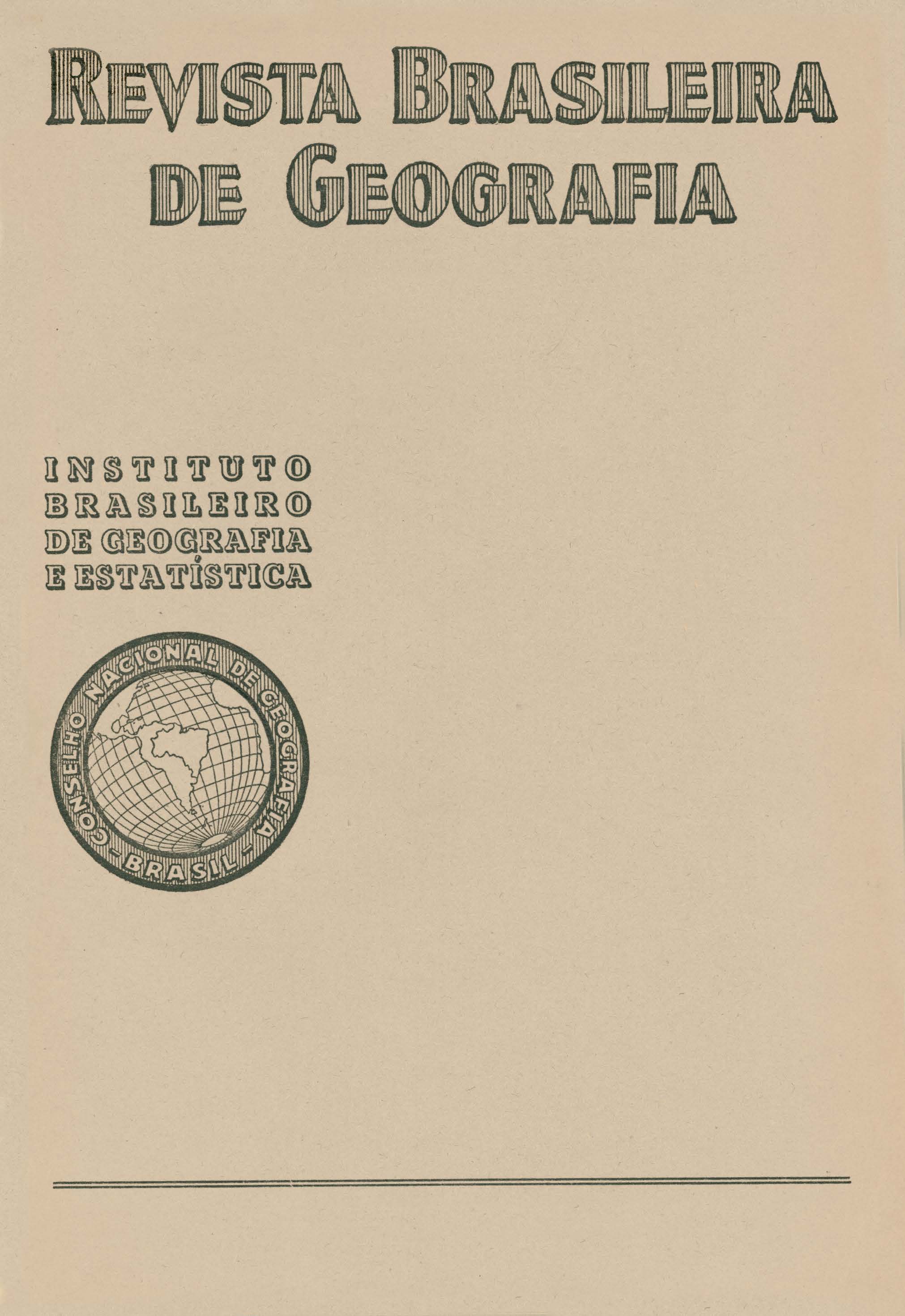Comunicação sobre aparelhos de estereofotogrametria do Serviço Geográfico do Exército
Palavras-chave:
FotogrametriaResumo
At the end of 1932 Major Emílio Wolf, Photogrammetry Technical Adviser to the Geographical Service of the Brazilian Army, started out studies and research with an aim to building, a little stereophotogrammetric apparatus for drawing topographic charts.
In mid 1933 Major Wolf presented the little apparatus which is seen in figure 1. In 1934 Major Wolf presented another one, having named it Estereógrafo and ti can be seen in figures 2 and 8. These are small stereocompa1ators, applied for measuring altitudes. The Estereógrafo supplies heights directly either in metres or in feet.
When photographies used are not strictly ve1tical and taken at the same flight altitude, these apparatus as similar ones that have been built in other countries, show heights with considerable errors. Major Wolf discovered still in 1934 the laws that permit a definition of the surface representing such errors, thus making it possible to construct correction graphs. An example of said correction can be seen in figure 3. Figure 4 is a correction graph. The altitude of any point of the ground is the difference between the readings on the apparatus and the corresponding annotation of the correction graph.
In 1938 Major Wolf established the process for the correction of errors caused by optical distortion using similar graphs; figure 5 represents one of these graphs.
Precision in altitude measuring made with Estereógrafo and using the correction graphs is more or less 0 001. In the height of flight, being more than enough for any common survey work.
After Major Wolf was dead in 1941 the author of this communication, in order to increase the value of works with the Este1eógrato has planned complementary mechanical outfits of easy construction, for automatically making every corrections, planimetric ones included Figures 6 and 7 represent altimetrical correcting devices. The complete apparatus was given the name of Autoestereógrapho and it appea1s in figure 8, yet without its planimetric correction device which is under construction.
The Autoestereógrafo requires 8 basing points per stereoscopic pair of pictures as arranged in accordance with figure 3. The topographic drawing is made in the same scale of the photographies, in a scale either a little larger or somewhat smal1er than these.






